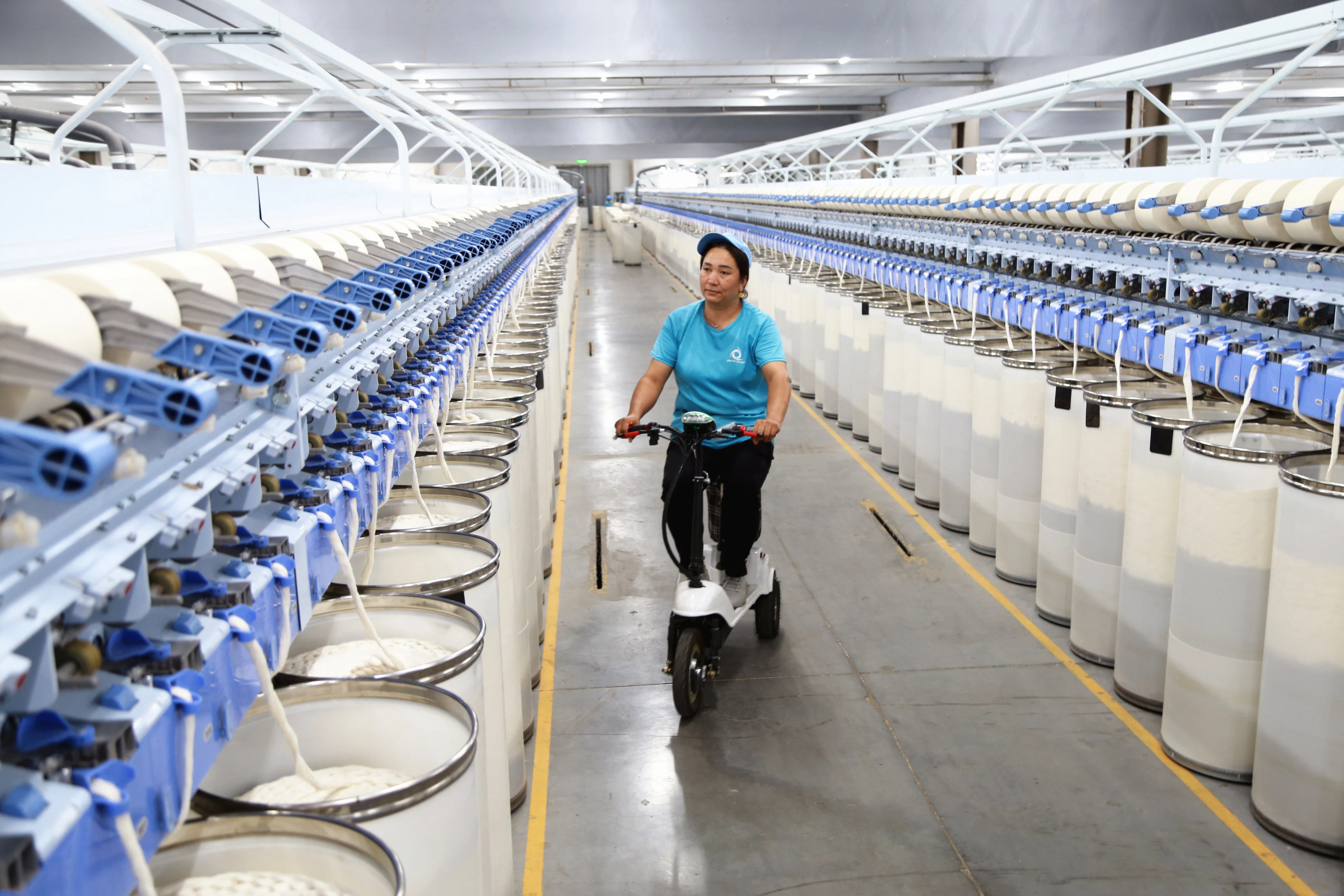By Alice Li
Copyright scmp

China’s western region of Xinjiang has recorded an extraordinary rise in merchandise shipments to the United States, despite the area being subject to Washington trade restrictions imposed over allegations of forced labour and other human rights abuses.
US-bound shipments from the Xinjiang Uygur autonomous region rose 265 per cent year on year to US$2.4 billion in the first seven months of the year, Chinese customs data showed.
The increase is startling given China’s overall exports to America have fallen sharply since US President Donald Trump imposed high tariffs on the country’s goods earlier this year, with shipments down 33.1 per cent year on year in August.
According to the data, the surge was largely driven by a large uptick in shipments of holiday decorations from Xinjiang to the US. Exports of Christmas decorations totalled US$151.7 million during the January-July period – 20 times the amount during the same period last year.
Holiday entertainment items – such as magic show equipment – were the second largest export category, followed by toys and models. Both showed sharp year-on-year increases, rising from about US$20 million to US$108.2 million and US$71.4 million, respectively.
The leap in exports came in spite of Washington’s enforcement of the Uygur Forced Labor Prevention Act in June 2022, which allows US authorities to scrutinise goods from Xinjiang suspected of being produced via forced labour. Beijing has repeatedly denied the US allegations.
US customs officials have examined more than 16,700 shipments since the act was enacted, denying more than 10,000, according to an announcement by US Homeland Security in August.
But the flow of goods from Xinjiang to the US has continued to rise since the policy was implemented, according to Chinese customs data. Shipments increased 92 per cent year on year in 2023 and a further 285 per cent last year.
Sebastian Contin Trillo-Figueroa, a Hong Kong-based geopolitical analyst, said the surge in exports from Xinjiang showed that the 2022 restrictions lacked substance and were mostly an act of “political posturing”.
Xinjiang only accounts for a small fraction of China’s overall trade with the United States, its number of shipments dwarfed by those from export powerhouses such as Guangdong, Jiangsu and Zhejiang provinces.
China’s exports to the US totalled US$283 billion over the January-August period, down 15.5 per cent from a year earlier.
Most Chinese export hubs have recorded slumps in US shipments so far this year, as uncertainty lingers over whether Beijing and Washington can confirm a long-term deal to end the tariff war.
Aside from goods for the coming holiday season, other major exports from Xinjiang to the US – including furniture, machinery and plastics – were also up more than 200 per cent during the first seven months of the year, according to CIB Research, an institute affiliated with the Fujian-based Industrial Bank.



